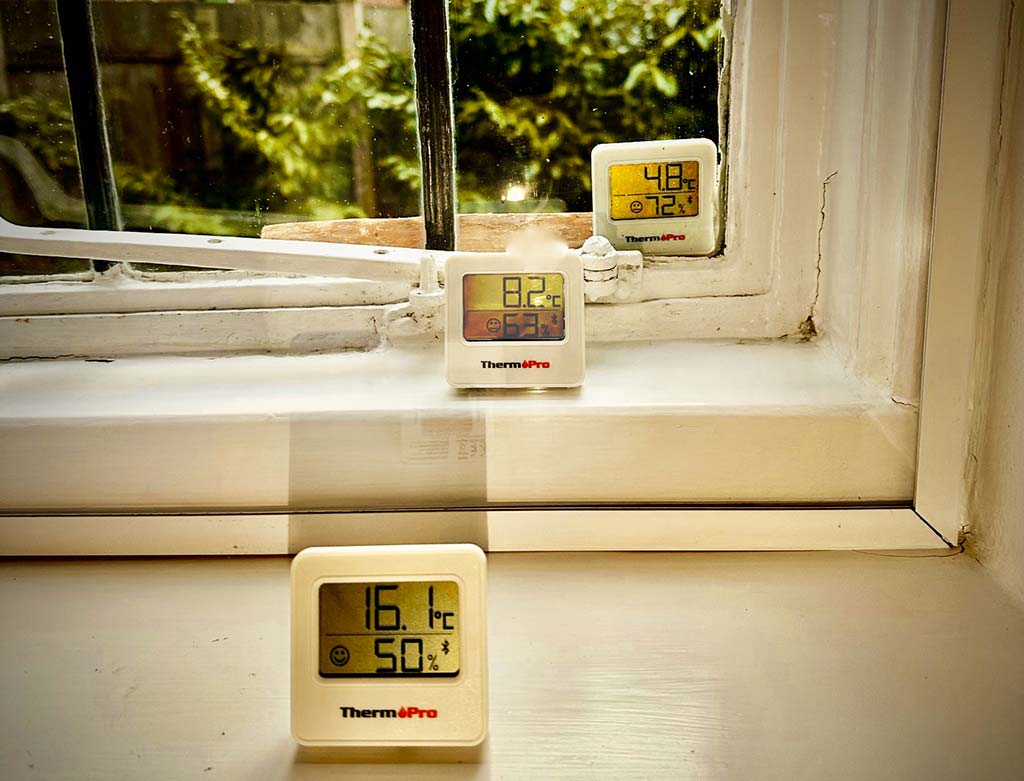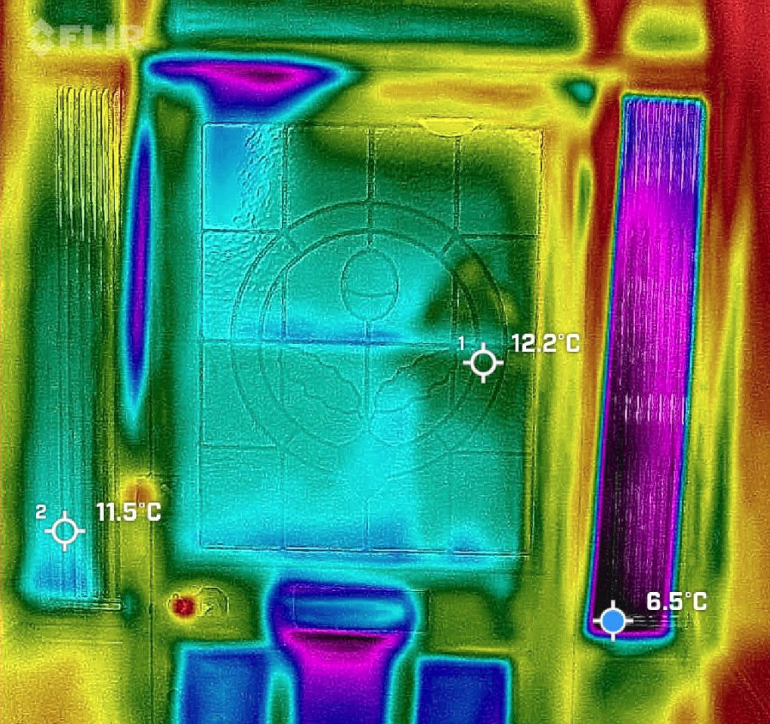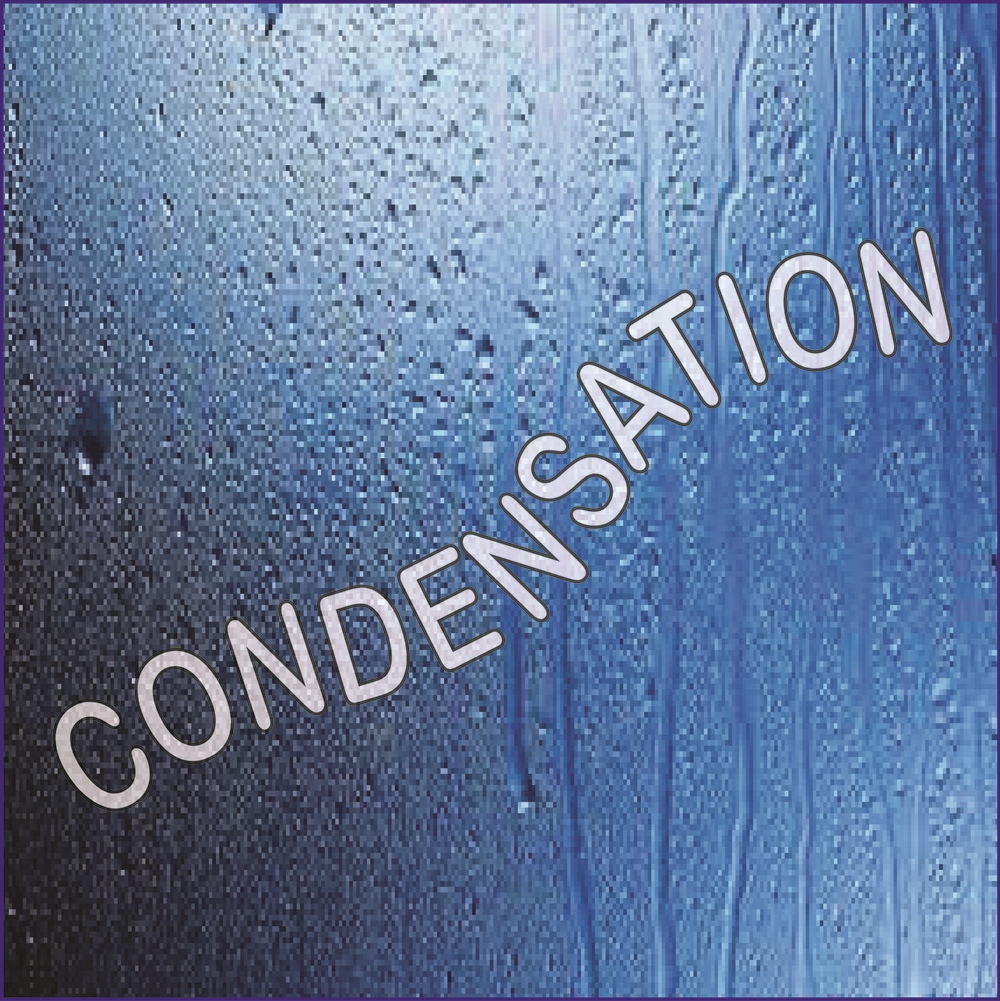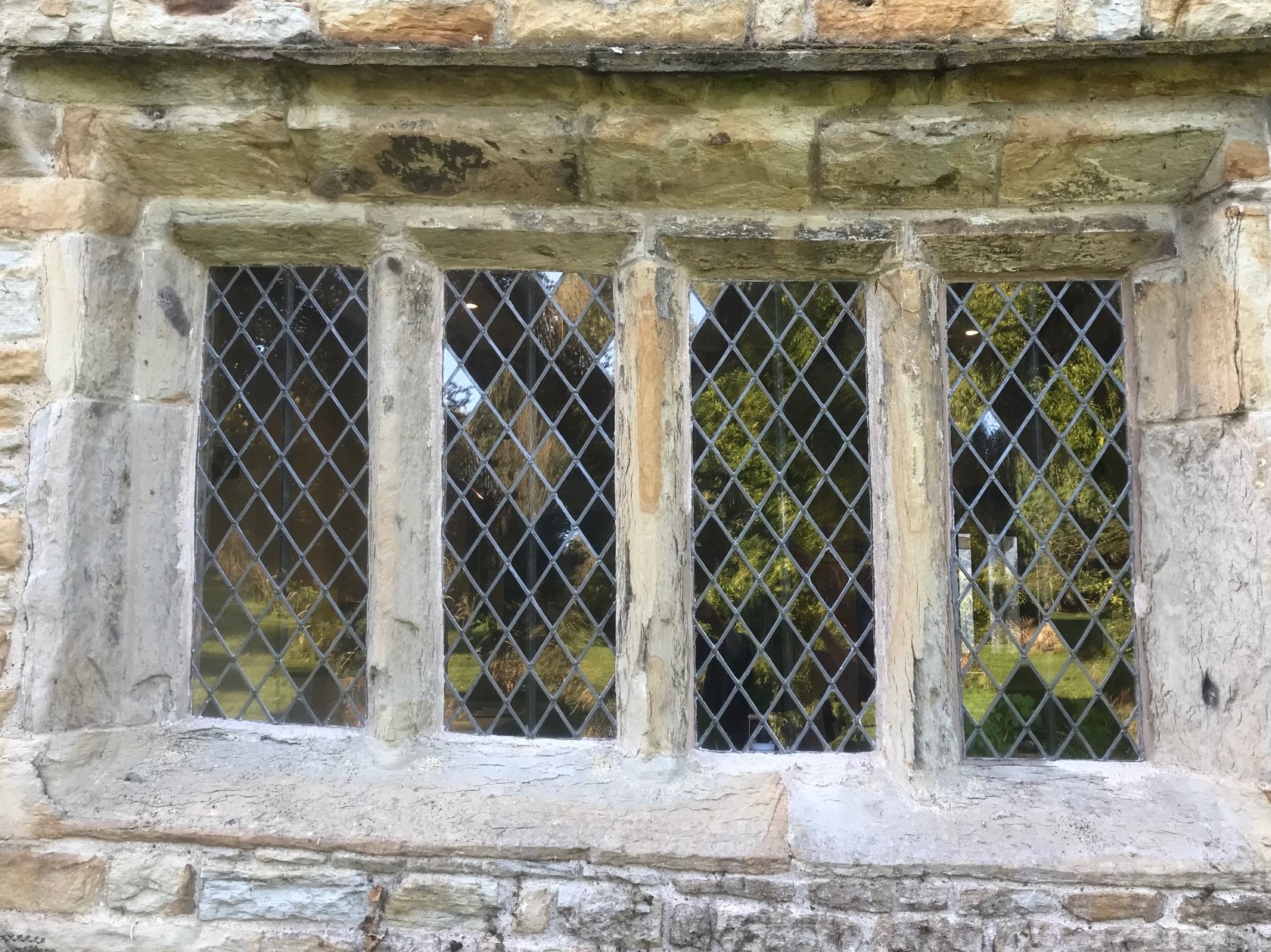Insulation Benefits of Secondary Glazing
Windows are wonderful for light and ventilation but vulnerable to heat loss, noise and condensation. They can be insulated to reduce the impact of these issues in many ways, of which Secondary Glazing is an important, effective and relatively inexpensive method, with straightforward and well-designed DIY systems being the least costly of all. To help you decide whether Secondary Glazing is right for your home, to learn more about energy saving, noise reduction and the financial implications of what you are considering, we have provided pages of information, explanation and costings, with informative videos and images to illustrate. Take a look at the summaries on this page, click through where relevant or access information via the drop-down menu. If there are any questions you have that we have not already answered, we are always ready to help and advise – just contact us, with images where they will show us what your windows are like so that we can think and comment appropriately.
Less Obvious Benefits of Secondary Glazing
In addition to the major topics dealt with on this page, there are other issues that might be relevant to you – these are covered below:
Length of Life – Secondary Glazing panels can outlast purpose built units, as once the Double Glazing seal has broken, it loses insulation effectiveness and condensation will appear between the panes. As Secondary Glazing seals in a different way, it lasts as long as is needed. This approach allows the original windows to last for centuries if properly maintained.
Returning to Original Condition – fitting Secondary Glazing gives the option to simply remove it and return the outer windows to their original condition. Replacement with Double Glazing generally requires the complete and final removal of all original frames and features.
Repairability – a damaged or aged Double Glazed unit will usually need replacement of the glass as a sealed unit, as repair is not possible. However, Secondary Glazing can often be refreshed, by replacing the edgings or glazing sheet in the event of significant damage. On our 50+ year old Clipglaze system, for example, Tubeway get customers every year who after 20 or 30 years simply replace the flexible edging and clips, re-using the original pane.
Local Authority Approval – Secondary Glazing is generally easier to get approved, as it is can be fitted without being seen from outside and removed if required, which helps retain the character and appearance of buildings that are listed or under conservation status. This balances your energy saving with the principle of preserving important buildings. Note that you retain responsibility for checking with the relevant authority before going ahead with purchase and installation.
Insulating Air-Conditioned Property – The effective insulation of windows to prevent warm air being lost in winter can also prevent cooled air being lost in summer, should you live in a hotter climate where air-conditioning is necessary. In extremely hot locations be aware that excessive temperatures can have an effect on the adhesive systems, as it can dry out the adhesive tape, so please raise this with our Sales team if it is a concern.
Carbon Footprint – removal and disposal of your existing windows, the manufacture of full replacement Double Glazed units (which in turn may only have a 20 or so year expected lifespan), adds up to a lot of energy and resources. In contrast with Secondary Glazing, the lighter frames and simple glazing makes a favourable comparison of the Carbon Footprint between the two options.
Retrofitting – Because Easyfix Secondary Glazing systems can be installed on existing windows, within the skills and everyday tools of a modest DIYer, they are an attractive alternative to hiring professional tradespeople and buying bespoke products to improve your home. You can also remove and re-fit your Secondary Glazing panels each spring and autumn.
Glazing System Compromises
Secondary Glazing, along with other insulation and draught proofing, can deliver many benefits, but some can conflict. The most obvious is condensation versus heat, because the ventilation needed to remove warm moist household air in winter usually means replacing it with cool, dryer air from outside. Each householder will select the appropriate options for them, and we hope that the information on this website helps give the best result in every case.








